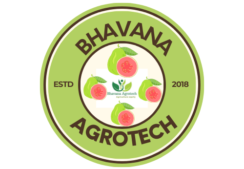Drip Irrigation Services
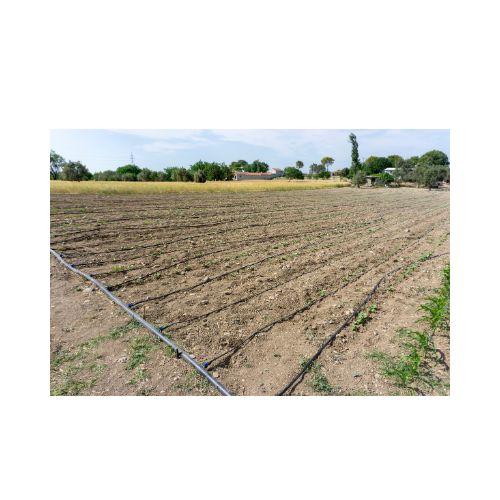
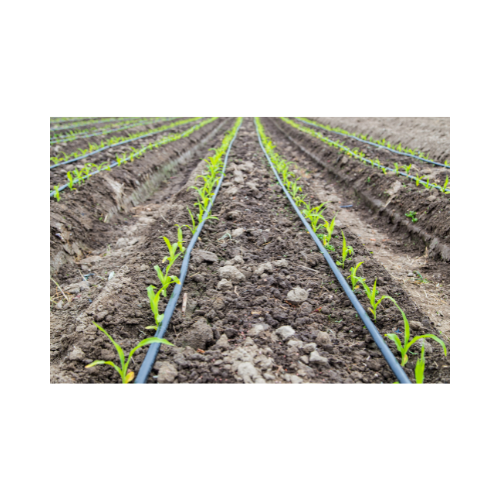
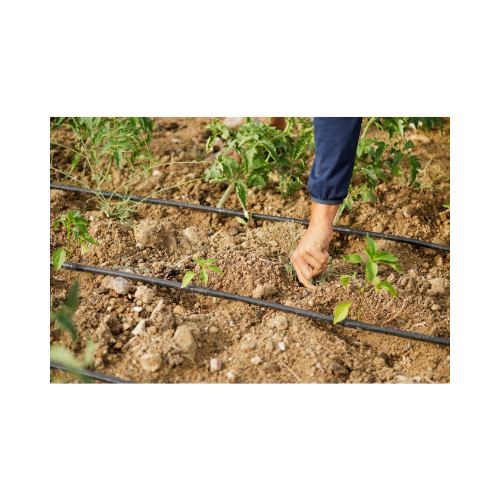
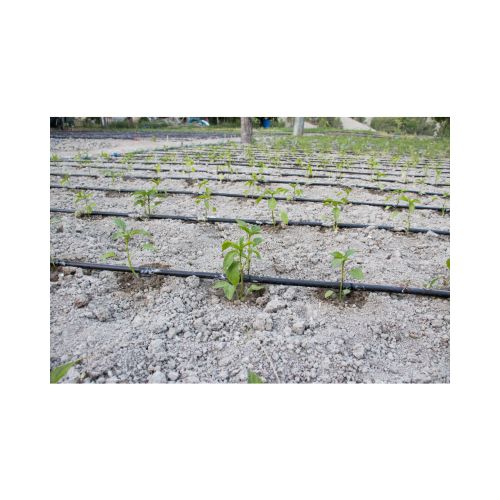
Drip Irrigation: Nurturing Growth Efficiently and Sustainably
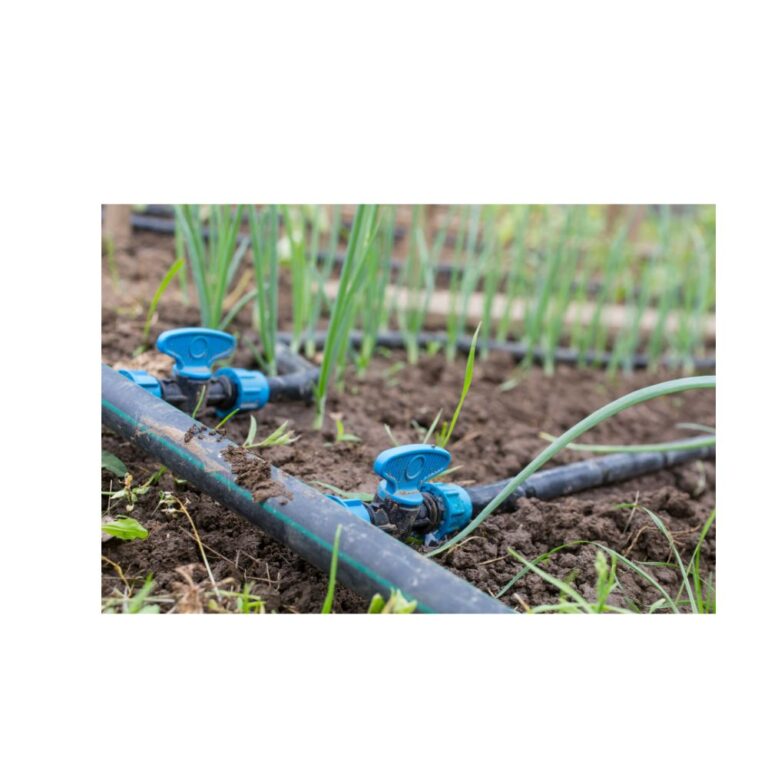
Efficiency and sustainability are now top priorities in modern agriculture. Innovative irrigation techniques are now in demand due to the rising need for food production as well as increased worries about water scarcity and resource conservation. Drip irrigation has emerged as a game-changer among these techniques, completely altering how crops are grown. In this in-depth investigation, we examine the subtleties of drip irrigation, as well as its advantages, applications, and significant effects on agriculture all over the world.
Understanding Drip Irrigation: The Basics
A system of tubes, pipes, and emitters used in drip irrigation, often referred to as trickle irrigation, allows water to be delivered precisely and strategically to the root zone of plants. In contrast to conventional overhead irrigation, which can waste water through evaporation and runoff, drip irrigation provides water directly to the plant’s root zone, decreasing water loss and increasing efficiency.
Key Components of Drip Irrigation:
1. The drip system’s beating heart are the emitters. In order to ensure uniform dispersion across the field, emitters release water in predetermined quantities and patterns.
2. Specialized tubes and pipes are used in drip irrigation systems to carry water from the water source to the plants. These tubes are made to withstand clogging and wear and tear.
3. Filters: Filters are essential to drip systems because they keep particulates, sediment, and other debris from blocking the emitters and preventing erratic water flow.
4. Pressure regulators: By keeping the water pressure constant throughout the system, these parts make sure that each plant gets the right amount of water.
5. Backflow preventers: Backflow preventers keep water safety requirements in place by ensuring that irrigation water does not pollute the primary water supply.
What Is Drip Irrigation
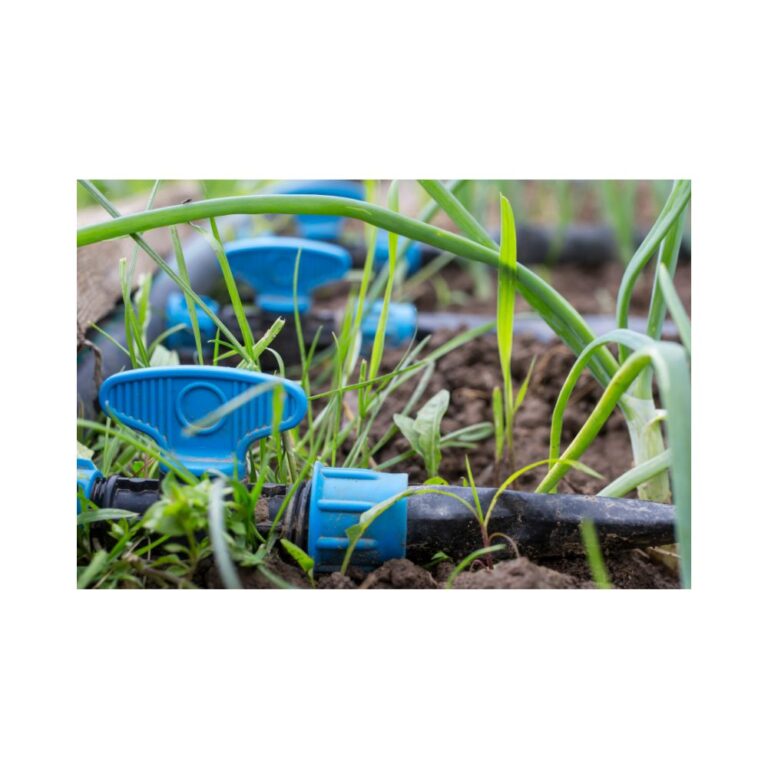
Drip Irrigation: Precision Watering for Sustainable Agriculture
A contemporary and effective way to provide water to plant roots directly is by drip irrigation. In contrast to conventional irrigation techniques, which flood or saturate a field with water, drip irrigation concentrates on supplying water directly to each plant’s base, where it is most necessary. With this focused strategy, water usage is maximized, waste is reduced, and healthy plant development is encouraged.
How Drip Irrigation Works:
Water is provided by a system of tubes, pipes, and emitters in a drip irrigation system. These drippers, often referred to as emitters, are put in close proximity to the plants. They drip water over the soil’s surface in small, controlled volumes, allowing it to soak into the root zone.
Applications of Drip Irrigation:
Farms, orchards, vineyards, nurseries, and gardens are just a few of the agricultural settings where drip irrigation is used. It can be used in both small- and large-scale enterprises. Additionally, drip systems are frequently used in places with a shortage of water, where effective water utilization is crucial.
Why We Do Drip Irrigation
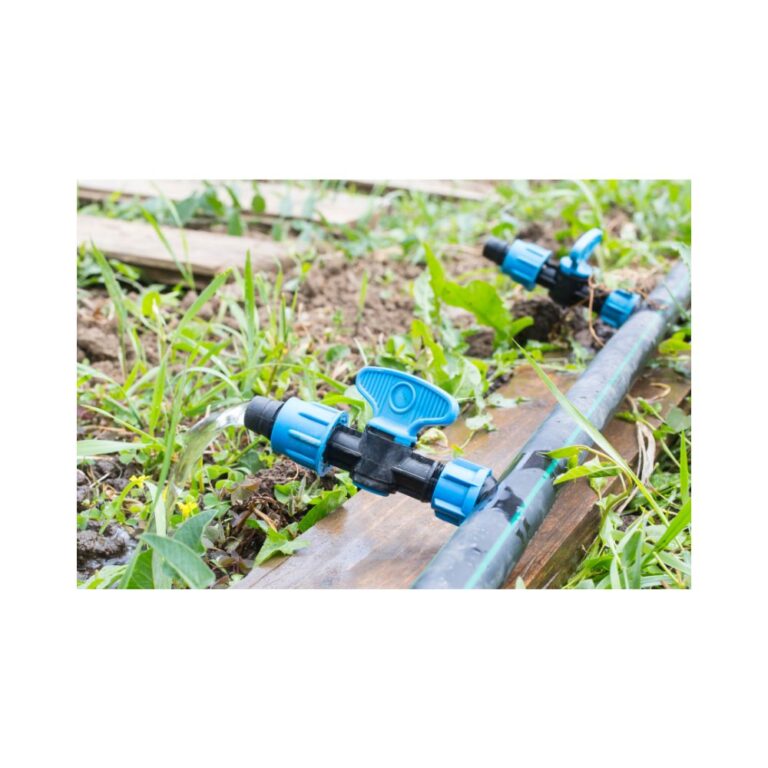
Advantages of Drip Irrigation: Nurturing Plants and Resources
Because drip irrigation has so many benefits and solves many problems that older irrigation techniques cannot, it has become widely used in agriculture. Let’s explore the reasons drip irrigation is a popular option among farmers and how it is revolutionizing the way we irrigate crops.
1. Water Savings: Drip irrigation was created with water conservation in mind. Water loss through evaporation and runoff are reduced since water is delivered directly to the root zone of plants. This targeted strategy makes it the best option in areas with a lack of water because it ensures that every drop of water is used efficiently.
2. Improved Plant Health: Conventional overhead irrigation can cause moisture to accumulate on plant leaves, which encourages the growth of fungi. The use of drip irrigation promotes healthier plants and lessens the need for chemical treatments by keeping leaves dry and lowering the risk of illnesses.
3. Precision Watering: Each plant gets just the right amount of water with drip irrigation. By ensuring equal growth and increasing production potential, this precision watering lessens competition for resources among plants.
4. Lessening Weed Growth: Watering the root zone directly keeps moisture from reaching the soil’s surface, which inhibits weed germination and growth. A natural way to control weed populations is by drip irrigation.
5. Efficient delivery of nutrients: Drip irrigation systems can be linked with fertilization procedures to give nutrients straight to plant roots. By focusing on specific areas, this method reduces nutrient waste and guarantees that plants receive the proper amount of nutrition.
Conclusion
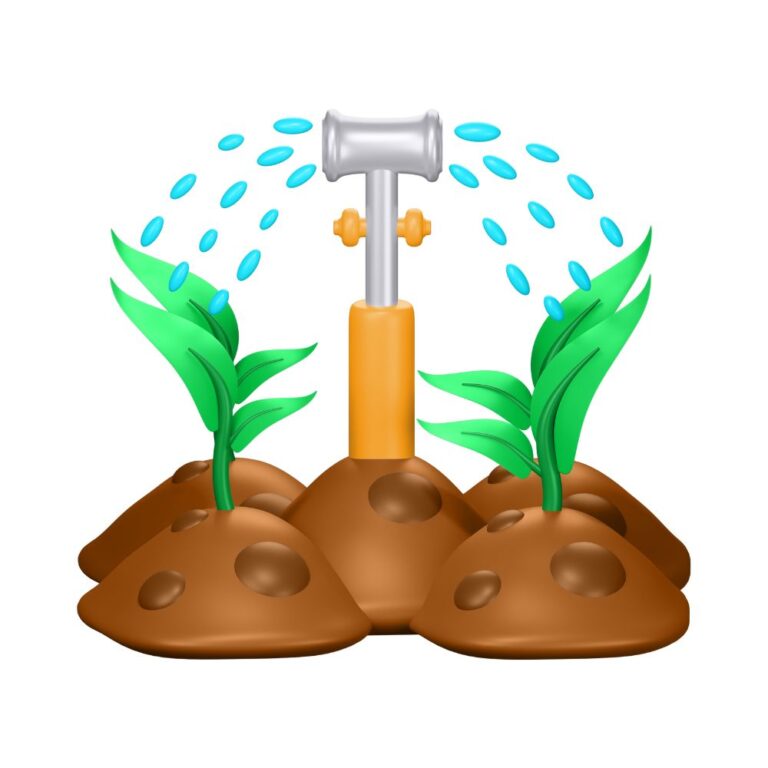
Conclusion: Transforming Agriculture with Drip Irrigation
Drip irrigation stands out as a beacon of effectiveness, sustainability, and innovation in the constantly changing world of agricultural methods. The way we cultivate and care for plants has been revolutionized by this contemporary method of watering crops, which goes beyond conventional practices. As we come to a close with our investigation of drip irrigation, its transforming power is ever more obvious.
A prime example of human inventiveness and our capacity to overcome obstacles presented by a changing environment is drip irrigation. The necessity for sustainable agricultural techniques, resource conservation, and the scarcity of water are only a few of the pressing concerns it addresses. Drip irrigation improves water use by delivering water precisely to the root zones of plants, reducing wasting and evaporation. In addition to conserving one of our most valuable resources, this focused strategy also eases the burden on water supply infrastructure.
The benefits of drip irrigation go beyond water conservation. By preserving dry foliage and limiting the spread of diseases, this technique promotes healthier plant growth. It decreases the need for chemical treatments, slows down weed growth, and improves the quality of the crop as a whole. Delivering water and nutrients precisely guarantees consistent growth, which boosts yields and increases food production—a crucial aspect of tackling issues related to global food security.
The beneficial effects of drip irrigation on the environment are noteworthy. It fits in perfectly with sustainable agricultural methods since it lessens soil erosion, saves energy, and reduces runoff. Through drip irrigation, the technologically advanced world in which we now live has also found use in agriculture. Drip irrigation systems are now more effective and can be tailored to different crops, soil types, and field sizes thanks to automated systems, data analytics, and smart technologies.
The importance of drip irrigation is highlighted even more as we look to the future. Innovations like drip irrigation will be crucial in determining the future of farming as a result of the increased demands on agriculture brought on by population expansion and changing climatic circumstances. In addition to helping individual farmers and their communities, the use of drip irrigation advances efforts to manage resources responsibly on a global scale.
Drip irrigation is essentially a transformational force that captures the essence of sustainability, accuracy, and advancement. It is more than just a way to irrigate crops. Let us keep in mind the role that drip irrigation plays in nurturing our crops, conserving water, and keeping the delicate balance between human needs and the health of our planet as we continue to welcome advances in agricultural technology. With each water drop delivered by drip irrigation systems, we get one step closer to a more durable and fruitful agricultural future.
